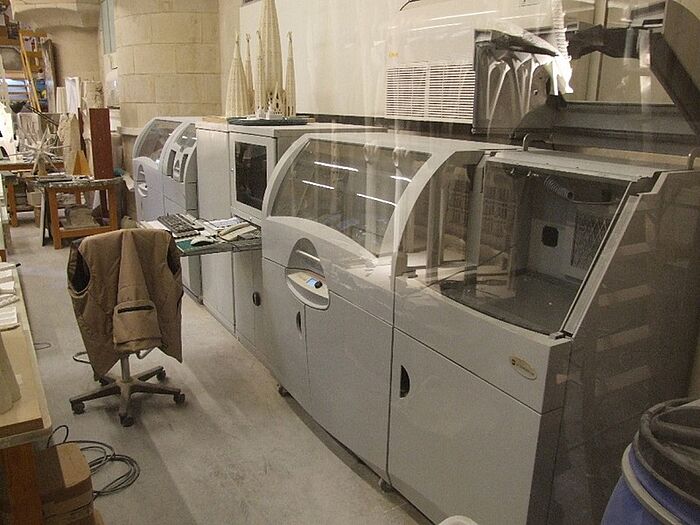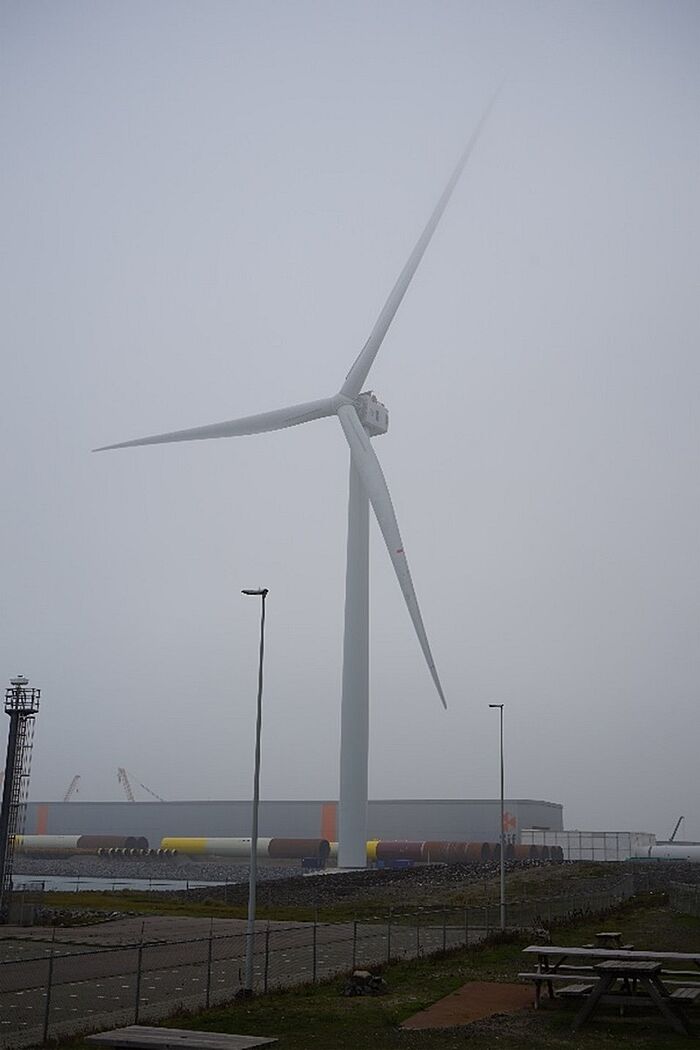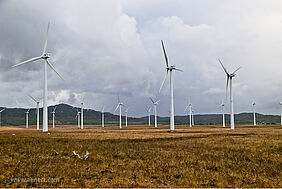Wind energy is without doubt one of the most important resources for achieving a cleaner and more sustainable energy industry. It is small wonder, therefore, that many countries around the world are continuously increasing their wind capacities to reduce the negative impacts of a fossil fuel-dependent energy industry. The US, for example, witnessed a significant growth in wind energy in 2020, according to the Office of Energy Efficiency & Renewable Energy of the U.S. Department of Energy, with the number of onshore wind power installations surpassing that of solar power for the first time in several years. Meanwhile, offshore wind installations in the US also grew 24 percent in 2020 compared to 2019. In the European Union (EU) on the other hand, according to the most recent report Wind energy in Europe: 2021 Statistics and the outlook for 2022-2026 published by WindEurope, growth appears to be less pronounced. New wind installations comprised just 17.4 GW in 2021 because of problems pertaining to global supply chains. If, however, Europe wants to meet its 40 percent renewable energy target by 2026, 32 GW of new wind farms will have to be installed every year starting from 2022.
In this endeavour, new construction technologies might play an important role. One such technologies is additive manufacturing. Additive manufacturing (AM), also known as 3D printing, is the term used to describe the process of constructing a three-dimensional object from a computer-aided-design (CAD) model or a digital 3D model which enables the creation of lighter, stronger parts and systems. It uses CAD software or 3D object scanners to direct hardware to deposit material in precise geometric shapes.
3D printing is used in many industries, such as the food industry, the fashion industry, the transportation industry, but also the energy industry. Recently, several energy companies, especially those involved in wind power, who are constantly looking for more efficient and sustainable ways to optimise production, have turned to this technology and tried to use its various benefits to their advantage. 3D printing enables the construction of wind turbine components on site, which makes it less challenging and costly to build tall turbines because you do not have to transport the separate components to the site.
Image: 3D printer at the factory of the Sagrada Familia, which are used for the fabrication of models of complex architectural forms
Source: Claus Ableiter/ 3D-Drucker der Bauhütte der Sagrada Familia, die für die Anfertigung von Modellen der komplexen architektonischen Formen von Antioni Gaudi genutzt werden/ Wikimedia Commons, 23 February 2014/ commons.wikimedia.org/wiki/File:3D-Drucker_der_Bauh%C3%BCtte_der_Sagrada_Familia.jpg/ This photo is licensed under a Attribution 3.0 Unported (CC BY 3.0)
Now (2022), a new research facility funded by GE Renewable Energy has been established whose purpose is to 3D print the concrete bases of giant wind turbine towers. The scientists responsible for the project hope that it will help to lower costs for the industry as turbines become taller. The research is aimed at finding an efficient means to 3D print the bottom portion of the wind turbine towers on-site at wind farms, which would reduce transportation costs.
The facility is located in Bergen, New York, and part of a joint project with cement company Holcim and Cobod, a company building 3D printers. The printer in Bergen has the size of a three-story building and is capable of printing tower sections as tall as 20 meters. It is believed to be one of the largest in the world and print more than 10 tons of real concrete every hour. The research is financially supported by the U.S. Department of Energy. First field applications are expected to take place at some point in the next five years.
There are also several other projects underway which are aimed at making the production of large wind turbine component less costly. In 2021, the research institute Fraunhofer IGCV and binder jet system manufacturer voxeljet announced that they were joining forces to develop a large wind turbine 3D printer. The so-called “Advance Casting Cell” or “ACC” is intended to print the moulds for casting parts for GE’s Haliade-X turbine, which can weigh as much as 60 tons each. When the initial trials start in 2022, the engineers believe that the machine will reduce mould lead times by 80%, and by producing them on-site rather than having to ship them, it will also reduce the carbon footprint of turbines. voxeljet’s High Speed Sintering (HSS) binder jetting technology will be employed for the deposition of powders covered in binders, which are then heated into layers by an infrared emitter. In the past, the 3D printer VX4000 was used to build a large piece of artwork, where it created the formwork for the construction of a 78m2 ceiling. In cooperation with GE and Fraunhofer IGCV, the voxeljet’s technology will be integrated into a comprehensive new system, which is capable of creating wind turbine moulds, especially the complex metal parts, in an entirely new way. The moulds used for the castings will measure up to 9.5m in diameter and weigh 60 tons or more. Fraunhofer IGCV’s part in the project will be to supervise and solve any problems pertaining to casting, process monitoring or the material which might arise during operation. The institute will also monitor the thermal performance of parts during casting as well as develop new approaches to process supervision.
Image: Haliade-X prototype, 12MW, 220m rotor diameter
Source: Ktf/ A prototype of the Haliade-X wind turbine, the most powerful and largest wind turbine in the world at the time of its construction in 2019, located at Maasvlakte, Rotterdam, The Netherlands/ Wikimedia Commons, 25 January 2020/ commons.wikimedia.org/wiki/File:Haliade-X,_frontal_view_01.jpg/ This photo is licensed under a Creative Commons Attribution-Share Alike 4.0 International
Also in 2021, researchers at National Renewable Energy Laboratory (NREL) were trying to further improve their innovative combination of recyclable thermoplastics and 3D printing to manufacture advanced wind turbine blades. In a first step, the NREL team focused their attention on the resin matrix material. Unlike currently-used designs which work with thermoset resins like epoxies, polyesters, and vinyl esters, polymers, the team of scientists created systems which use thermoplastics that can be heated to separate the original polymers, enabling end-of-life recyclability. The thermoplastic blade parts can also be joined using a thermal welding process which could reduce the need for adhesives since they are often expensive and further improve blade recyclability.
3D printing of wind turbine components has many potential advantages: it can lead to more local and flexible supply chains, as well as increased quality of blade components facilitated by the automated and digitised nature of the technology. Moreover, through 3D printing more efficient designs can be produced that can be customised to specific locations and applications, concerning, for example, the size of the turbine. 3D printing would also increase the amount of clean energy that can be generated as well as lower the carbon footprint of the industry by reducing the number of parts which need to be transported from long distances. 3D printing enables exploration of new design practices, using tools like topology optimisation. As a result, parts and materials can be used that need less energy to produce and create less waste. A more sustainable end-of-life disassembly process which improves material recoverability and circularity, meanwhile, is achieved through consolidation. For example, scientists are working on methods to use the materials gained from recycled blades when 3D-printing towers for new turbines.
In view of the many industrial areas where 3D printing is already sustainably employed, scientists are positive that the 3D printing technology can be successfully used for manufacturing small and large wind turbine components as well as rapid prototyping and have a direct and immediate impact on the efficiency of factory operations. It might still require time to improve some or other flaw which might be discovered during its large-scale application, but the potential is great and will eventually lead to more efficient and less costly energy production.
